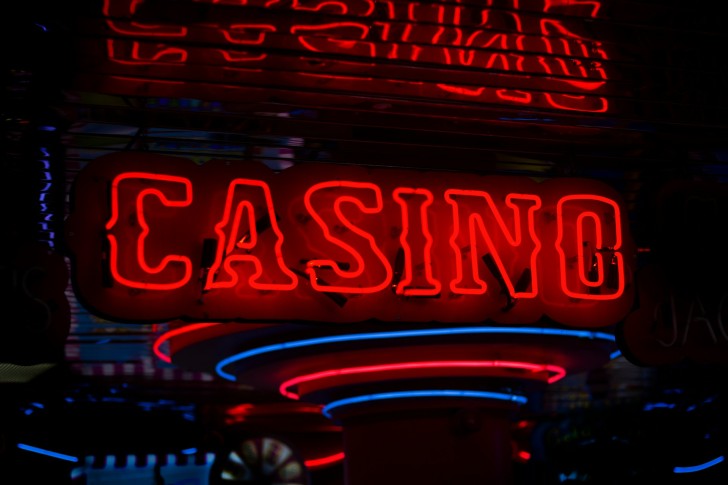For a market like Poland, known for its rapid technological adoption and complex regulatory landscape, VR presents not just a novel feature, but a potential paradigm shift in how citizens engage with legal gambling. For many players, the excitement begins with a great offer, and seeking out things like Vulkan Bet 50 free spins fire joker is a key step in exploring new platforms, which will eventually include the most advanced VR options.
The Leap from Screen to Immersion: Understanding VR's Appeal
The key difference between traditional online casinos and VR casinos lies in presence. While a standard platform is viewed through a screen, VR transports the player into a digital space. They can walk around a beautifully rendered casino lobby, sit down at a virtual blackjack table, and even interact with other player avatars in real-time. This is about recapturing the social and sensory experience lost in conventional online gaming.
This leap in immersion is critical for engaging a new generation of players. Imagine placing a bet not by clicking a button, but by physically (in the digital space) throwing chips onto a roulette table. The level of engagement is fundamentally different. This shift in user experience is what industry leaders are betting on to drive the next wave of growth.
While the potential is vast, the deployment of VR casinos faces two primary obstacles: technology accessibility and user interface design. VR hardware, while becoming cheaper, is still a barrier for mass adoption compared to smartphones or PCs. Furthermore, designing an intuitive and lag-free experience within a 3D environment is substantially more complicated than a 2D interface.
To address these challenges, developers are focusing on optimization and cross-platform compatibility. The goal is a seamless transition between devices, allowing a player to access the core experience whether they are using a high-end headset or a standard browser-based "VR-lite" mode. The following table illustrates the major differences in the player experience across current technologies, highlighting the unique demands of VR:
| Feature | Online casino | Live Casino | Vr casino |
| Sence of presence | Low (looking at the game) | Medium (Observing the dealer/table) | High (Being in the casino) |
| Social interaction | Tex chat only | Text chat with dealer/limited players | Voice chat and avatar interaction |
| Input Method | Mouse/tap clicks | Mouse/Tap clicks | Head movements, Hand gestures, Controllers |
| Hardware requirement | Low | Low to Medium (Stable high-speed internet | High (Dedicated headset and computing power) |
These technical hurdles must be overcome in parallel with navigating the specific legal and investment frameworks unique to the Polish market.
The Polish Regulatory and Investment Landscape
For VR casinos to thrive, they must operate within the established legal framework of the host country. The Polish market presents a uniquely regulated environment, primarily governed by the 2009 Gambling Act (amended significantly in 2017), which restricts the operation of online casinos to state-owned entities. However, the regulatory definition of a "virtual" casino floor compared to a traditional "online" casino could open new debates and opportunities for specialized licensing in the future, particularly as VR technology matures.
The Polish tech ecosystem is a major advantage. Cities like Wrocław and Kraków have already established themselves as major European hubs for software development and IT talent, which are essential for developing the sophisticated graphics engines and multiplayer networking required for high-quality VR experiences. Furthermore, the integration of advanced technology also supports critical compliance areas.
VR's Role in Responsible Gaming
VR platforms can track player behaviour and fatigue with greater precision than 2D environments, allowing for more nuanced intervention. Features can include:
- Customizable Reality Checks: Virtual clocks integrated into the game environment.
- Biometric Monitoring: Future integration of heart rate or eye-tracking data (via VR hardware) to detect stress or excessive playtime.
- Environment Limits: The virtual environment automatically dims or changes colour after a set time limit is reached, encouraging a break.
This potential for enhanced player protection demonstrates that VR is not just an entertainment upgrade, but a responsible development tool as well.
Readying for the Next Level of Digital Entertainment
Virtual Reality is not just an upgrade; it's a completely new medium that demands new standards for entertainment, engagement, and security. Polish players and operators stand at the cusp of this transformation.
The best way to prepare for this future is through continuous innovation and dialogue between tech developers, industry operators, and regulatory bodies. Operators must invest in exploring and developing these immersive platforms now to ensure they are ready to capture market share when the technology becomes mainstream. For players, understanding the underlying mechanics and the responsible gaming features of these platforms will be key to safely enjoying this revolutionary form of digital entertainment.
 Peter Smith
Peter Smith

 Peter Smith
Peter Smith


